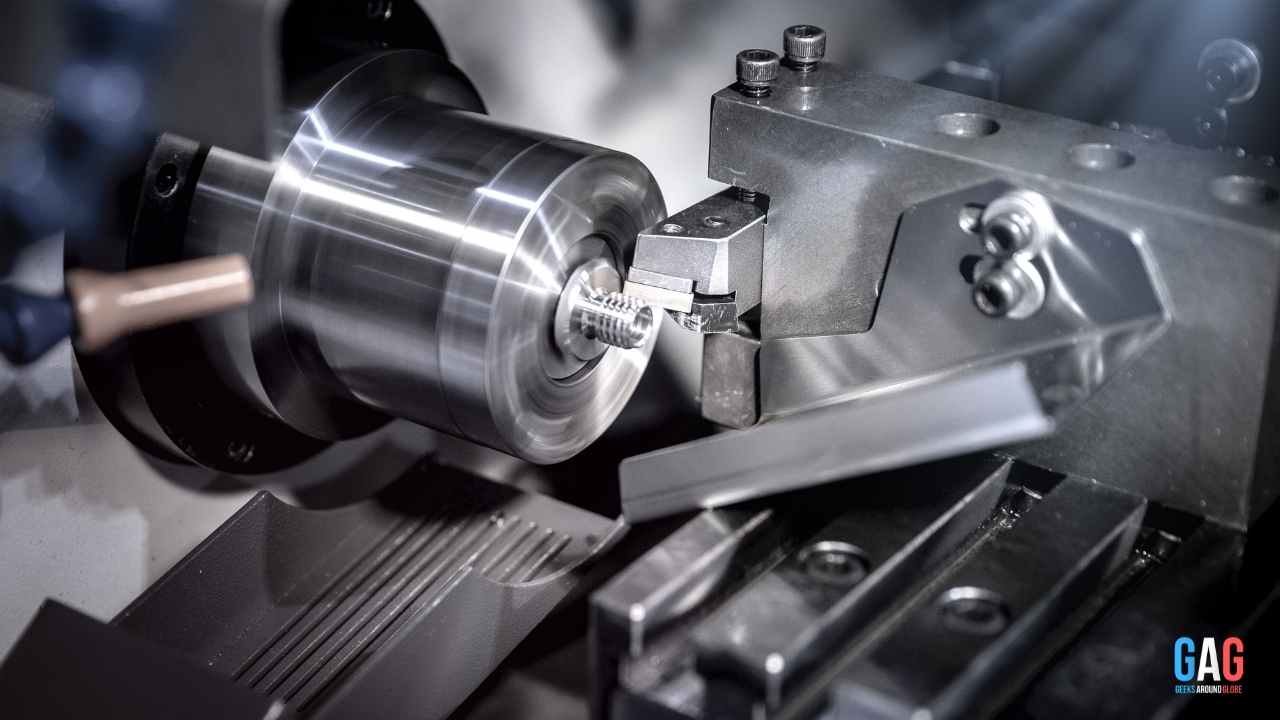- 1. Metals will become more common.
- 2. Products with 3D-printed components will be everywhere.
- 3. Everything will get bigger.
- 4. Byproducts of manufacturing will be reduced.
- 5. Construction will use additive manufacturing for major projects.
- 6. Other materials will join the party.
- 7. AI will play a major role
- 8. Conclusion
When I was a kid, my dad had this really cool drafting table. It was made of wood and had all sorts of compartments and sliding drawers for pens and pencils. I wanted one just like it when I grew up, but technology has changed a lot over the past 30 years—and so have our needs as consumers.
Today’s 3D printers can make far more than a simple desk organizer or pencil holder; they’re also capable of producing everything from jewelry to building materials to fashion items.
To understand where additive manufacturing is headed next, we need only look at what we’ve already seen happen with this technology over the past decade:
Metals will become more common.
Metals are stronger than plastics, and they’re more expensive. They can be used in a wider range of applications, but they’re also much more difficult to 3D print than plastic. The good news is that as the technology matures and becomes more accessible, it will become easier for manufacturers to incorporate metal components into their designs.
Products with 3D-printed components will be everywhere.
You will see more products with 3D-printed components in the future. As additive manufacturing becomes more common, you will begin to see it in more industries and on a larger scale. The number of products with 3D-printed components will increase, as will the number of companies like Massivit using 3D printing technology.
Everything will get bigger.
As we move forward, we’ll see an increase in the size of 3D printing parts. The size of these parts will increase because more materials can be used to make bigger parts with less waste.
Companies have already begun experimenting with larger machines and larger parts, so it’s only a matter of time before you see these new technologies at work in your industry—or maybe even in products that you use every day.
In addition to an increase in part size, companies are also working hard on making their machines more precise and efficient. This will allow them to create complex shapes that would otherwise be too difficult using conventional manufacturing methods (such as machining).
Byproducts of manufacturing will be reduced.
In addition to reducing the amount of energy required, additive manufacturing also reduces the amount of byproducts produced. This is because additive manufacturing uses fewer materials than traditional methods — and those materials are often more environmentally friendly.
Instead of creating excess waste, manufacturers can use leftover materials from other processes or even raw material leftovers from other products to make new parts. This means less material is wasted overall, reducing costs for companies and consumers.
Construction will use additive manufacturing for major projects.
The benefits of using 3D printing in construction are pretty obvious: it allows you to build smaller, cheaper homes faster and with fewer materials. The current state of 3D printing in construction? Not so much. There have been some attempts at using the technology, but they haven’t been widespread yet because most builders don’t have access to large-scale 3D printers (they’re expensive!).
Most of the work being done now involves residential renovations or small changes to existing plans rather than entirely new buildings like apartment complexes or office parks. But as more companies invest in equipment and training programs for their employees, we’ll see a lot more of what’s called “additive manufacturing” enter our cities’ skylines over the next decade or two.
Other materials will join the party.
The next wave of 3D printing will make food via bioprinting, which uses stem cells from an organism to grow new tissue. This type of technology has been used for medical implants (such as a windpipe) and could soon be used for organs as well.
Clothing is also on its way: designers are using computer programs to create customized clothes that will fit perfectly onto each individual wearer’s body shape and size without requiring any tailoring whatsoever.
These innovations represent just one example of how additive manufacturing continues to evolve over time while still serving its original purpose—making useful objects quickly and cheaply.
AI will play a major role
As the manufacturing process becomes automated, AI will play a major role. It will be used for product design and quality control, assembly, predicting the quality and performance of parts, quality control, and maintenance.
Conclusion
The future of additive manufacturing is bright. While there are many obstacles to overcome, the industry is growing rapidly, and we are confident that the technology will continue evolving as new materials and techniques emerge. Creating parts in a shorter amount of time at a lower cost makes it an attractive option for many businesses looking to save money on production costs while maintaining quality output. We’re excited to see where this technology will go next!







